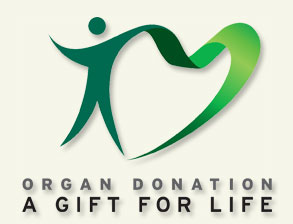 Worldwide, thousands of people suffer or die waiting for an organ. While the majority of the population favors organ donation and transplantation, for a variety of reasons the potential of organ donation is still underexploited.
Worldwide, thousands of people suffer or die waiting for an organ. While the majority of the population favors organ donation and transplantation, for a variety of reasons the potential of organ donation is still underexploited.
Fairtransplant contributes to increase awareness on the positive values of organ donation and transplantation by fostering initiatives, producing information material, and supporting events in the field of organ donation and transplantation.
Source: Text & Image: Fairtransplant.org
Join the 2.4 million Quebeckers who’ve registered their consent to organ and tissue donation!
On the occasion of the World Day for Organ Donation and Transplantation, held on October 17, 2015, * the Régie invites you to join the 2.4 million people already registered in the Registre des consentements au don d’organes et de tissus.
If you haven’t done so already, go to our « Consent to organ and tissue donation » webpage and download your personalized registration form, then send it to the Régie. This online service is available at all times so that recording your consent is easy and simple.
Spread the word! And remember, by donating your organs and tissues when you die, you could save up to 8 lives and help 15 other persons regain their health. Give life through organ and tissue donation.
*Wold Day on June 22nd Editor’s note

 Amyotrophic lateral sclerosis (ALS, also known as Lou Gehrig’s disease) is a specific disorder that involves the death of neurons that control voluntary muscles. In a number of countries, the term motor neurone disease (MND) is commonly used, while others use that term for a group of five conditions of which ALS is the most common. ALS is characterized by stiff muscles, muscle twitching, and gradually worsening weakness due to muscles decreasing in size. This results in difficulty speaking, swallowing, and eventually breathing.
Amyotrophic lateral sclerosis (ALS, also known as Lou Gehrig’s disease) is a specific disorder that involves the death of neurons that control voluntary muscles. In a number of countries, the term motor neurone disease (MND) is commonly used, while others use that term for a group of five conditions of which ALS is the most common. ALS is characterized by stiff muscles, muscle twitching, and gradually worsening weakness due to muscles decreasing in size. This results in difficulty speaking, swallowing, and eventually breathing.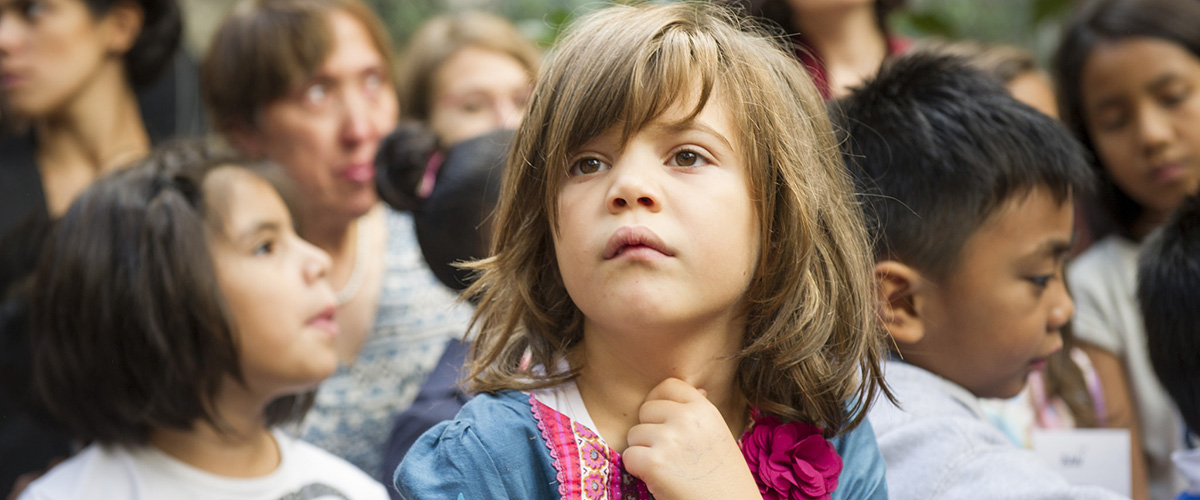 petition will be delivered to UN headquarters in New York ahead of the UN High Level Meeting on Refugees and Migrants, scheduled for the 19th September. The petition asks governments to:
petition will be delivered to UN headquarters in New York ahead of the UN High Level Meeting on Refugees and Migrants, scheduled for the 19th September. The petition asks governments to: Patients living with sickle cell disease live with many challenges. The presence of sickle hemoglobin leads to sickling of the red blood cells and activation of white blood cells which together block the microcapillaries that bring oxygen to tissues producing bouts of pain, sometimes requiring hospitalization, and damaging many tissues in the body. There is a tremendous unmet medical need facing those whose lives are impacted by this devastating disease.
Patients living with sickle cell disease live with many challenges. The presence of sickle hemoglobin leads to sickling of the red blood cells and activation of white blood cells which together block the microcapillaries that bring oxygen to tissues producing bouts of pain, sometimes requiring hospitalization, and damaging many tissues in the body. There is a tremendous unmet medical need facing those whose lives are impacted by this devastating disease. world leaders made land degradation neutrality one of the targets of the Sustainable Development Goals. » UN Secretary-General Ban Ki-moon
world leaders made land degradation neutrality one of the targets of the Sustainable Development Goals. » UN Secretary-General Ban Ki-moon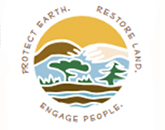


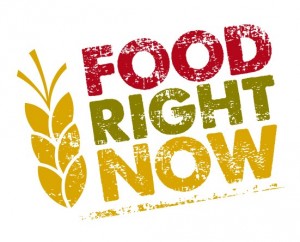

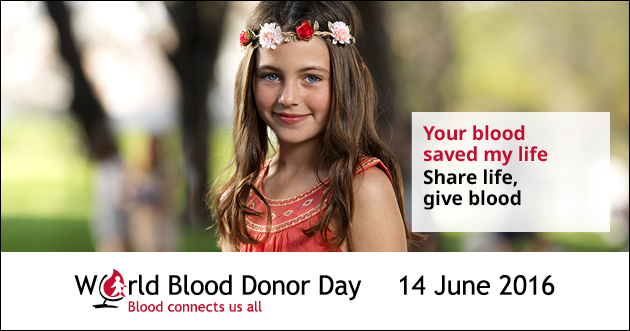 anually on June 14. Giving blood is easy and saves lives.
anually on June 14. Giving blood is easy and saves lives.